Overview of modern pyrolysis heating boilers: what kind of "animals" are and how to choose a decent option?
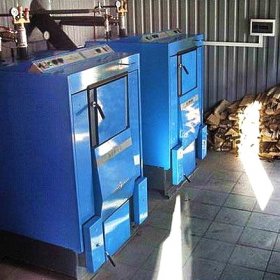
Comfort in the room is directly related to air temperature, which, in turn, depends on the quality of the heater. Well-chosen equipment will allow you to enjoy a comfortable temperature and not think about what the weather is like outside. However, the range of boilers is so large that it is quite difficult to understand. As practice shows, most often choose gas appliances, which are considered the most practical. If their use is not possible, they often turn to a solid fuel device. Among them, it is worth highlighting the pyrolysis boilers, easy to use, very effective modern equipment.
Content
The device and principle of operation of the pyrolysis boiler
Pyrolysis boiler is one of the devices solid fuel. Like them, the device heats the coolant and feeds it into the system. However, it has a number of differences from traditional models, both in design and in principle of operation. First of all, the operation of the pyrolysis apparatus is based on the process of dry distillation of wood, which is called pyrolysis. It consists in isolating a mixture of gases from solid organics under the influence of sufficiently high temperatures under conditions of minimal oxygen supply. As a result of the reaction, the fuel decomposes into dry residues or coke and gas.
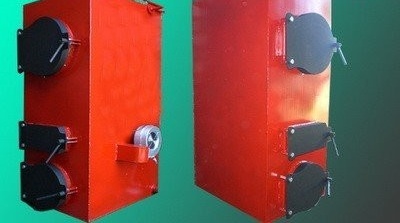
The pyrolysis boiler is based on the process of dry distillation of organic fuel, as a result of which it is separated into a gas mixture and coke
The pyrolysis process can occur only at very high temperatures, at least 1100 ° C. In addition, the reaction proceeds with the release of a large amount of heat, which dries the fuel, and also heats the air entering the combustion zone. The gas released from the fuel during pyrolysis is mixed with oxygen and burns with heat. A feature of the equipment is that wood gas interacts with active carbon, which minimizes carcinogens in the exhaust gases. CO₂ content in smoke pyrolysis boiler on average, three times lower than traditional solid fuel models.
The device is based on two completely sealed chambers. Most often they are made of sheets of steel with a minimum thickness of 5 mm. Nozzles act as a separator between the elements. The upper part of the furnace is a separate structure, the so-called fuel hopper. The lower one is simultaneously used as a combustion chamber and as an ash pan. Fuel first enters the upper section.Here it is slightly dried, and air is also warmed up, which goes to the lower compartment, where the released gas is burned and ash accumulates.
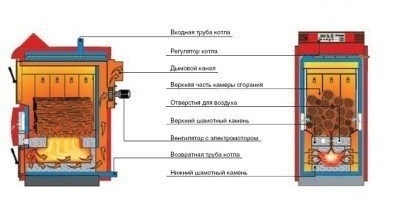
The figure shows a diagram of the pyrolysis boiler device. The main elements of the system are also indicated here (click to enlarge)
A distinctive feature of the equipment is the ability to control power by boosting air. This way you can achieve greater efficiency than in traditional systems. Using a temperature regulator allows you to maintain a given temperature of the coolant. Another difference is the ability to operate on a single fuel tab for a long time. That is why the devices are called pyrolysis boilers for long burning. On average, the burning time of one bookmark is 12 hours, there are models with high rates. In addition, due to the design features of the equipment, fuel consumption in such systems is reduced.
How to choose the right fuel?
Theoretically, pyrolysis systems can operate on various types of solid fossil fuels. It can be coal, peat or wood. The latter, or rather firewood, is considered the most economically viable fuel. Its dimensions are determined by the parameters of the furnace. Most often, logs are used for pyrolysis devices, the length of which is 400 mm, and the diameter is up to 200 mm. The size of fuel briquettes should be about 300x30 mm. In addition, such systems are very demanding on humidity. With its excess, a large amount of steam is released, which reduces the thermal characteristics of the equipment and leads to soot formation.
For normal operation of the devices, it is necessary that the humidity of the fuel does not exceed 45%. It is best that it is 20%. Studies have shown that when burning a kilogram of wood, whose moisture content is 20%, heat equivalent to 4 kW / h is released. Whereas the same amount of wood with a humidity of 50% will produce exactly half the heat. That is why special attention should be paid to fuel moisture. Together with firewood or fuel briquettes, sawdust or other wood waste can be used. Their number should not exceed one third of the total fuel volume.
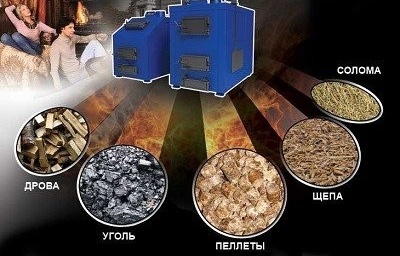
Theoretically, almost any solid organic matter can serve as fuel for pyrolysis boilers: wood, peat, coal, etc. However, the equipment works most efficiently on wood whose humidity does not exceed 20%
Pellets are often used for heating. There are several types of them, in more detail about their advantages over other fuel materials, read our article:https://aquatech.tomathouse.com/en/otoplenie/documents/toplivnye-granuly-pellety.html.
Types of pyrolysis boilers
There are two varieties of the device, differing in the location of the afterburner compartment. It can be located below or above.
Equipment with a lower afterburner
The most common modification of devices, due to ease of use. Fuel is placed in the upper chamber, which is very rational. The exhaust gases exit into the pipe below. The main disadvantage of such devices can be considered that it will be necessary to clean the system quite often. This is due to the fact that when fuel burns out, ash from the upper compartment enters the afterburner.
Instruments with an upper chamber
Such systems are less convenient, but they have certain advantages. Ash does not enter the afterburner compartment, which allows it to be cleaned much less frequently. In addition, pyrolysis gas is discharged upward through nozzles, where it burns and enters the chimney, is cooled and discharged into the chimney. Such a system is more practical, but requires more material for the manufacture of the smoke path.

Modification of pyrolysis equipment with an upper arrangement of the afterburner. Regular cleaning of this design will be much less frequent.
Pyrolysis boilers can be equipped with various types of ventilation:
- Natural. Such devices are independent of power supply. Must be equipped with a chimney high enough to create the necessary draft.
- Forced. The devices are volatile, as they are equipped with various fans and pumps, which are controlled automatically. They are characterized by a longer effective burning time than devices with natural ventilation.
An important aspect of the selection of pyrolysis equipment is the material from which its body is made. The most common option is steel, at least 5 mm thick. This is a fairly strong and fairly durable material. Its main drawback is its susceptibility to corrosion, which negatively affects its useful life. The best alternative to such a device is a cast iron boiler. Such devices have a higher heat transfer, last much longer and have increased resistance to acids and resins.
Why is it worth buying such a boiler?
Owners of such equipment receive many advantages:
- High efficiency of the devices, since the fuel burns out almost without residue.
- The ability to regulate the temperature in a heated room, which allows you to spend fuel extremely economically.
- Low levels of harmful substances in the exhaust gases. They stand out almost three times less than with classic solid fuel boilers.
- The ability to load fuel on average twice a day. Economy mode even involves one download per day.
- Semi-automatic control. Using the remote control, you can increase or decrease the air flow rate, which makes it possible to adjust the power of the device in the range from 30 to 100%.
- The amount of combustion products is minimal. Thus, equipment is rarely cleaned.
The device also has some disadvantages that you need to know about before choosing this device. Firstly, all automated models work only from the network. Secondly, the cost of the device is on average one and a half times higher than classical combustion devices. However, significant fuel savings over time allows you to recoup all costs. Well, more often than not, pyrolysis boilers running on solid fuel are available as single-circuit ones. Therefore, they can only be used as a heating system. To heat the water will have to install other devices, which involves additional cash costs.
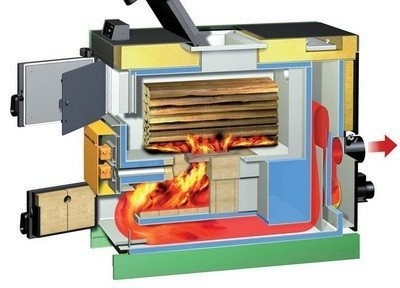
The principle of operation of the pyrolysis apparatus involves a long burning process, which makes it possible to reduce the number of bookmarks and significantly reduce the amount of fuel
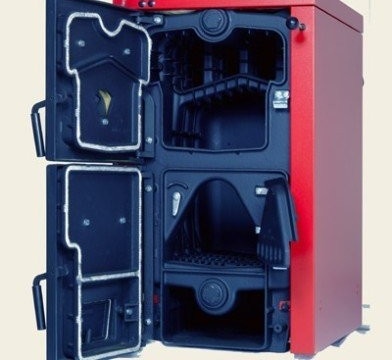
Fuel is always placed in pyrolysis devices manually; this process cannot be automated. This can be considered a small flaw in the system.
In addition to pyrolysis, combined boilers are also on the market. Is it beneficial to use them for heating a house, what types are there, read in our material:https://aquatech.tomathouse.com/en/otoplenie/kotly/kombinirovannye-kotly-otopleniya.html.
We select the manufacturer and brand of equipment
The recognized leaders in the production of pyrolysis boilers for solid fuels are the German companies Buderus and Viessmann. They are distinguished by the least amount of toxic emissions into the atmosphere and the highest possible efficiency. Some models of these brands can work on one tab for up to 24 hours. The secret of these characteristics lies in the improved design of the furnace equipment. The efficiency of the device is controlled by automation, which ensures a uniform thermal regime and at the same time significantly reduces fuel costs.
Another popular manufacturer is the Czech company Dakon. The design of the devices is almost identical to German counterparts. Respectively, and work efficiency too. Among the successful finds of the company include the boiler control panel, with which you can make all the basic adjustments.A novelty is the device manufactured in a cast-iron case. This model is called Daman Pyro. It has the longest life in its class of equipment. This device is able to work with half power in the offseason.
Interesting and practical models can be found at the Czech manufacturer OORP. A feature of these boilers is complete non-volatility. In addition, the special design of the devices allows them to work not only on wood, but also on coal. Gases through the burner are sent to the combustion chamber, where they are burned with the participation of secondary air. To control the power of the device, dampers are used, which can be closed and opened. The efficiency of OOROR brand stakes is on average about 89%, which can be considered a fairly good indicator.
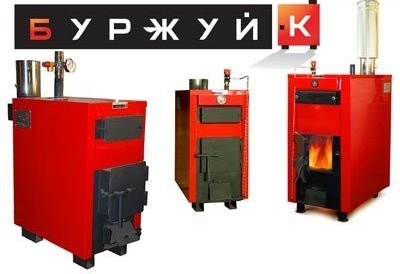
Russian pyrolysis boilers of the Bourgeois-K brand compares favorably with competitors in their ability to operate on high humidity fuel and use various types of fuel
Kostroma company TeploGarant, which produces boilers under the Bourgeois-K brand, is worth highlighting from domestic producers. These are very practical, completely non-volatile devices that can be used both in private homes and in production. A distinctive feature of the models is the ability to work with different types of fuel. In addition, the devices are designed for efficient operation with fuel of higher humidity, which gives them certain advantages over competitors.
Pellet boilers as well as pyrolysis boilers are recognized as stable and reliable heating equipment. You will learn about the rules for choosing a unit from our next article:https://aquatech.tomathouse.com/en/otoplenie/kotly/pelletnyj-kotel-otopleniya.html.
Pyrolysis boilers are becoming increasingly popular. They can be considered the most practical kind of solid fuel equipment. Despite the rather high price, the demand for such devices remains stable and even growing. This is due to the rather high efficiency of the devices, the acceptable cost of fuel and the possibility of long-term operation from one bookmark. A diverse assortment of pyrolysis boilers allows you to choose a model that is optimally suitable for any building.
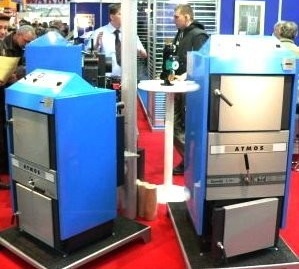
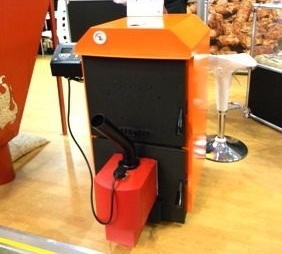

2 comments